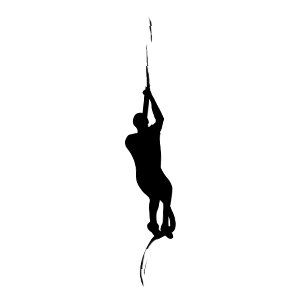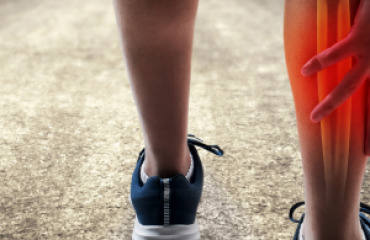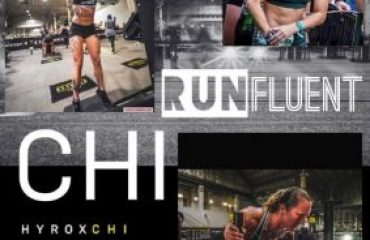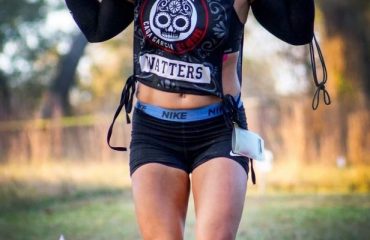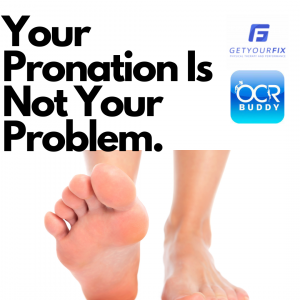 It was decided years ago that pronation was bad and it needed to be controlled. As a result, orthotics have being prescribed to nearly everyone who walked into the door of a podiatrist. Along with that, shoes were created to stop us from pronating and the major shoe companies continue to “improve their technology” in order to control your foot even better.
It was decided years ago that pronation was bad and it needed to be controlled. As a result, orthotics have being prescribed to nearly everyone who walked into the door of a podiatrist. Along with that, shoes were created to stop us from pronating and the major shoe companies continue to “improve their technology” in order to control your foot even better.
This has all resulted in the majority of people not knowing how to control the motion of the foot, not knowing how to use the foot as it was meant to be used, and developing many other injuries to the knee, hip, and back as a result.
Let’s start with how the body is meant to move: As you transition from your heel to the midfoot, the arch begins to flatten. This allows the foot to absorb shock and transition weight properly. As you continue transitioning onto the front of your foot, you remain in a pronated position so you can get the big toe down and be able to do a proper push off through the big toe. As that happens, you have some natural rotation that occurs at your ankle and then into your knee. Continuing up the chain, you have a resultant slight rotation that happens in the hip and pelvis as well.
There’s a lot to absorb there. Feel free to go back and read that paragraph again before proceeding.
Now that you have an understanding of how the body is intended to move, let’s talk about when your body is not moving as it was intended to due to orthotics.
When the foot is being fully controlled and not allowed to move into pronation, you lose the mobility, strength, stability, and control of the foot. Essentially, the joints stiffen up and the muscles learn that they have nothing to do so they (in essence) stop functioning. Your foot basically turns into a ‘solid plank’ on the bottom of your leg that is just there to provide a wider base to keep you from falling over rather than being a functional part of your body to help you move properly.
As you avoid pronation, you also avoid going into dorsiflexion (the motion of the front of the foot coming up towards you). Limited dorsiflexion happens for a lot of reasons, including your shoe choices, but the way your foot is moving is partially to blame as well. The motion of transitioning onto the big toe encourages more dorsiflexion in the ankle. When you don’t transition to that area and instead keep to the outside of the foot, or at best the middle of the foot, your body doesn’t require as much dorsiflexion. Because you aren’t using the motion, the joint stiffens up. It really is a ‘use it or lose it’ scenario.
You can also develop issues around the knees when you lack pronation. You have a small amount of rotation that happens at the knee between the tibia (lower leg bone) and femur (thigh bone). That rotation is important for knee health. You know those meniscus injuries that many people end up with? The lack of rotation in this joint is a huge contributing factor. If you do something that requires rotation of the knee, which most people do on a regular basis, and it doesn’t know how to rotate properly, the meniscus tears.
And then, if the knee is not getting the rotation, that means the hip and pelvis isn’t either. Because of this, you don’t get as much muscle activation around the hip and you lack the natural rotational mechanics that occur, which places more strain on not only the hip joint, but the SI joint and spine as well.
Basically, when you lack pronation, instead of having a nice, smooth rotation through the leg, you essentially have a ‘peg leg’ with a hinge in the middle. And that is just with walking. So many more issues arise with running, squatting, lifting, carrying, etc.
If you want to resolve a lot of your injuries, I encourage you to start looking at the foot and see if maybe you need to teach it how to be a foot again.
Written by Brianne Showman. Brianne is a physical therapist and running coach with Get Your Fix Physical Therapy And Performance. Her focus is on helping athletes resolve injuries in less time by getting to the root of the problem, improving movement patterns, and incorporating proper training to help the body to move more efficiently, more powerfully, and in less injury-prone ways.
